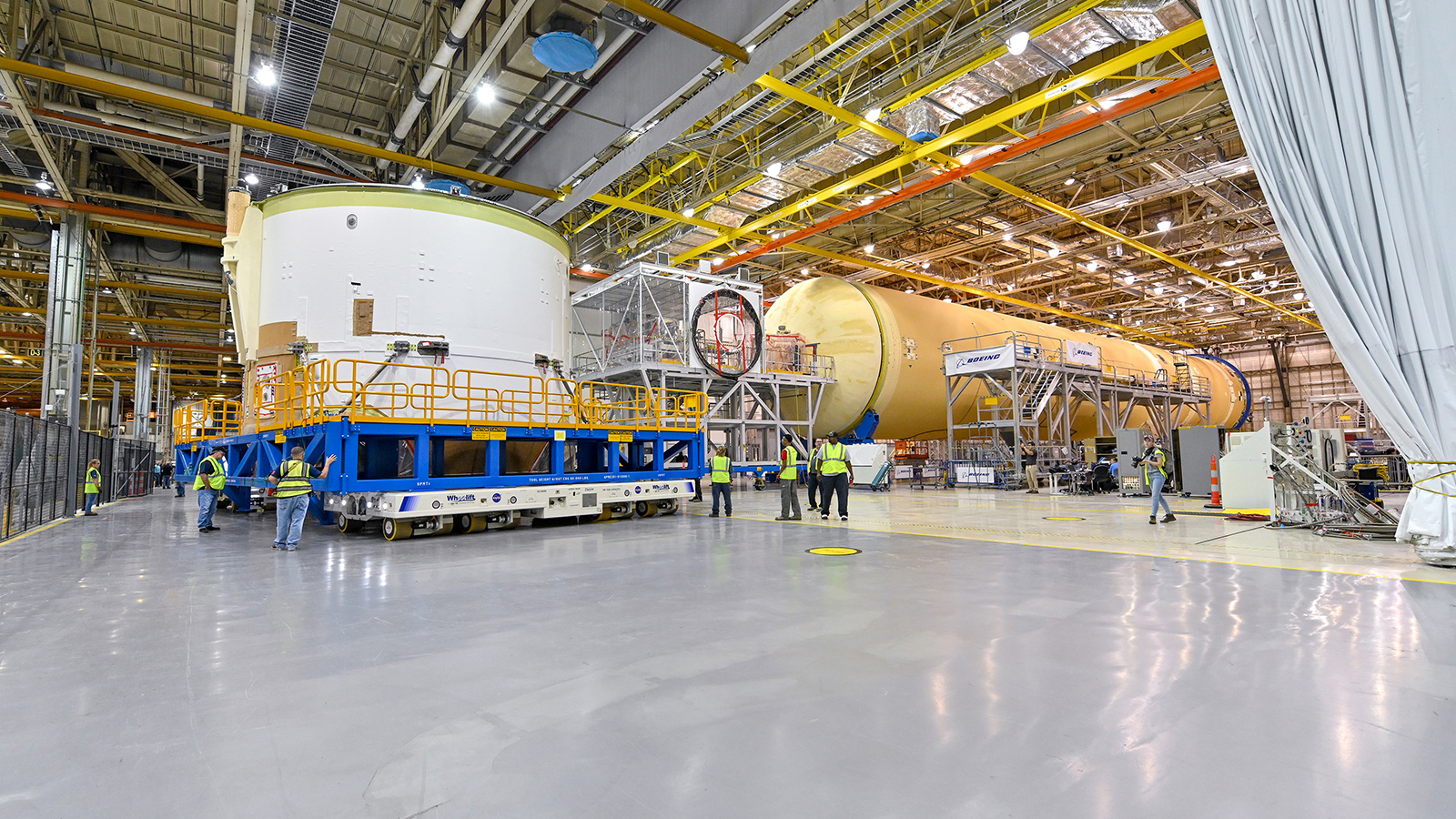
Stay Up to Date
Submit your email address to receive the latest industry and Aerospace America news.

The Space Exploration Integration Committee brings together experts on topics relevant to future human and robotic exploration missions.
In June, OSIRIS-REx, NASA’s asteroid sample return spacecraft, descended to a 1.1-kilometer orbit (about 680 meters altitude) around the asteroid Bennu. The low orbit made OSIRIS-REx, short for the Origins, Spectral Interpretation, Resource Identification, Security-Regolith Explorer, the closest orbiter of a celestial object ever and Bennu the smallest object ever orbited by a spacecraft. Bennu’s extremely low microgravity means that at even just 680 meters, OSIRIS-REX is in a 62-hour orbit. The spacecraft entered low-altitude orbit around Bennu in December 2018 after a five-month series of survey and remote imaging operations after first visual contact. A staged approach sequence transferred it from its safe, 50- km distant hold point to its proximal survey orbit. Toward its exploration endeavors, NASA spent much of 2019 focused on site selection for surface touchdown on Bennu later in the program as part of its sample-retrieval objective. It has identified four candidate sites from which a primary and a backup landing site were to be selected based on safety, accessibility and scientific merit.
JAXA, the Japan Aerospace Exploration Agency, conducted two landing descents of its asteroid sample-return spacecraft, Hayabusa2, in February and July, collecting imagery and surface and core samples for analysis; Brian May of the rock band Queen processed the images to produce stereoscopic views of asteroid Ryugu.
Seven years after landing on Mars, NASA’s Jet Propulsion Lab’s Curiosity rover continued to collect and telemeter new discoveries. In August, NASA reported that the rover had drilled its 22nd soil sample from the Martian surface inside the Gale crater. Curiosity has been heading to locations where overhead imagery from Mars Reconnaissance Orbiter detects areas of interest, and its in-situ findings have sometimes differed from the orbiter’s aerial indications, including that water-formed clay proliferates in certain areas of the Gale crater.
Throughout 2019, NASA rolled out its Artemis lunar exploration program, geared toward a crewed lunar landing by 2024 to explore more of Earth’s moon and establish sustainable exploration assets, thus preparing for longer-range crewed Mars missions. Toward Artemis, NASA has been focusing efforts on its heavy-lift Space Launch System, the Orion spacecraft and the lunar Gateway to orbit the moon as its backbone for deep-space exploration. To that end, in August, NASA and Boeing completed functional tests on the SLS rocket engine section and in September completed its integration with the core rocket body. Final assembly of the core stage was expected in December. The team also commenced connecting the RS-25 engines to the main propulsion systems within the engine.
The European Space Agency and NASA arrived at a consensus on Gateway’s orbit, determining that it will follow a near-rectilinear halo orbit, a highly elliptic lunar orbit ranging from 3,000 km from the lunar center to about 70,000 km. NRHO is attractive because its relatively stable equilibrium allows nearly continuous line of sight to both Earth and the far side of the moon, allowing spacecraft parked in NRHO to serve as a communications hub between landers and ground control. Gateway will serve as a permanent staging post for transit between Earth and the moon and, once commissioned, will save significant fuel to ferry people or resources between Earth, the moon and beyond.
In July, the Indian Space Research Organization launched its second lunar mission, which entered lunar orbit in August, initiating its lander’s descent in September. Survey orbiter Chandrayaan-2 is equipped with a suite of instruments including high-resolution cameras to precisely map the lunar surface that will survey Earth’s moon from polar orbit passes for a year. Its lander, Vikram, made a hard descent to the lunar south pole, losing ground contact thereafter.
Related Posts
Stay Up to Date
Submit your email address to receive the latest industry and Aerospace America news.



